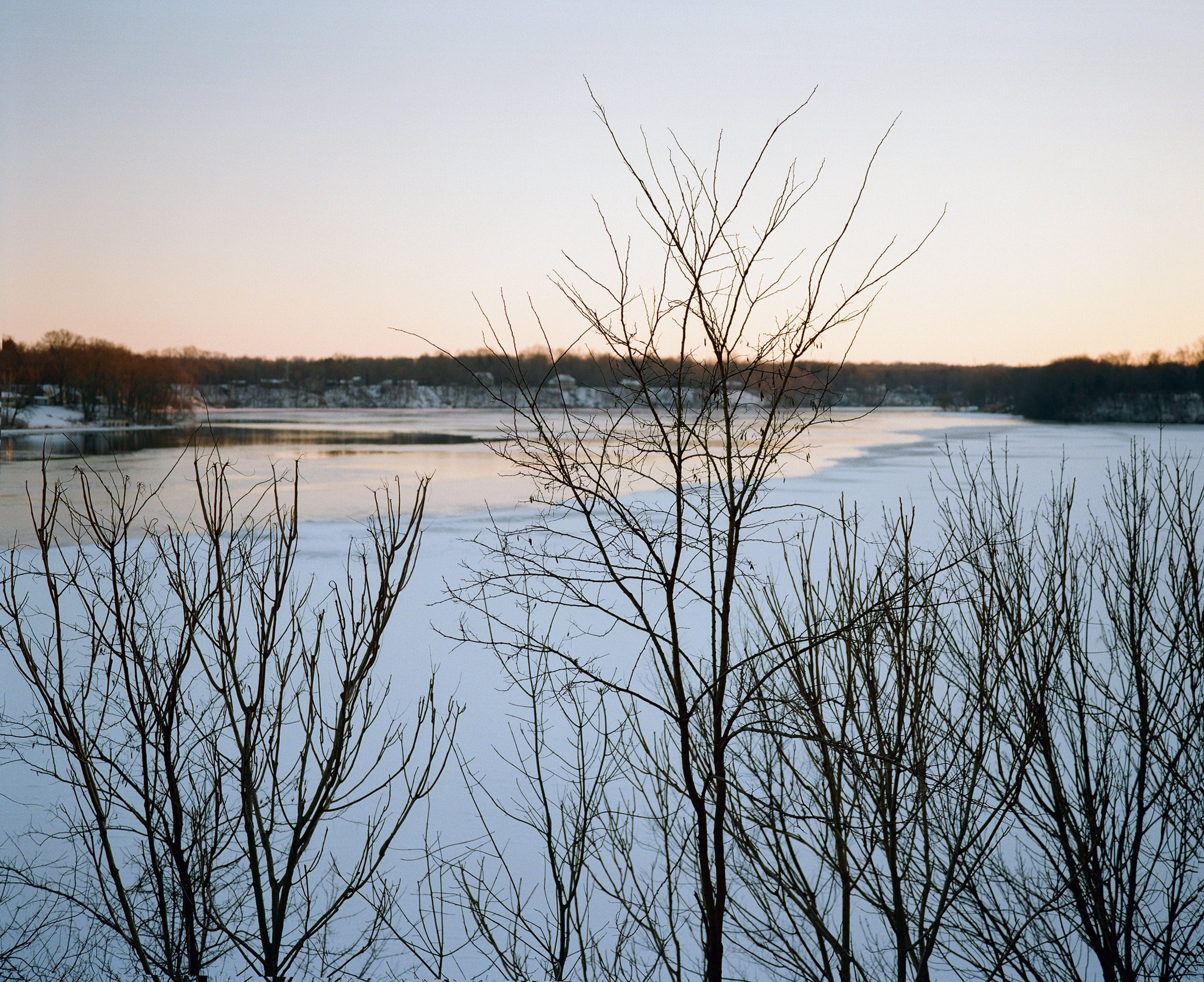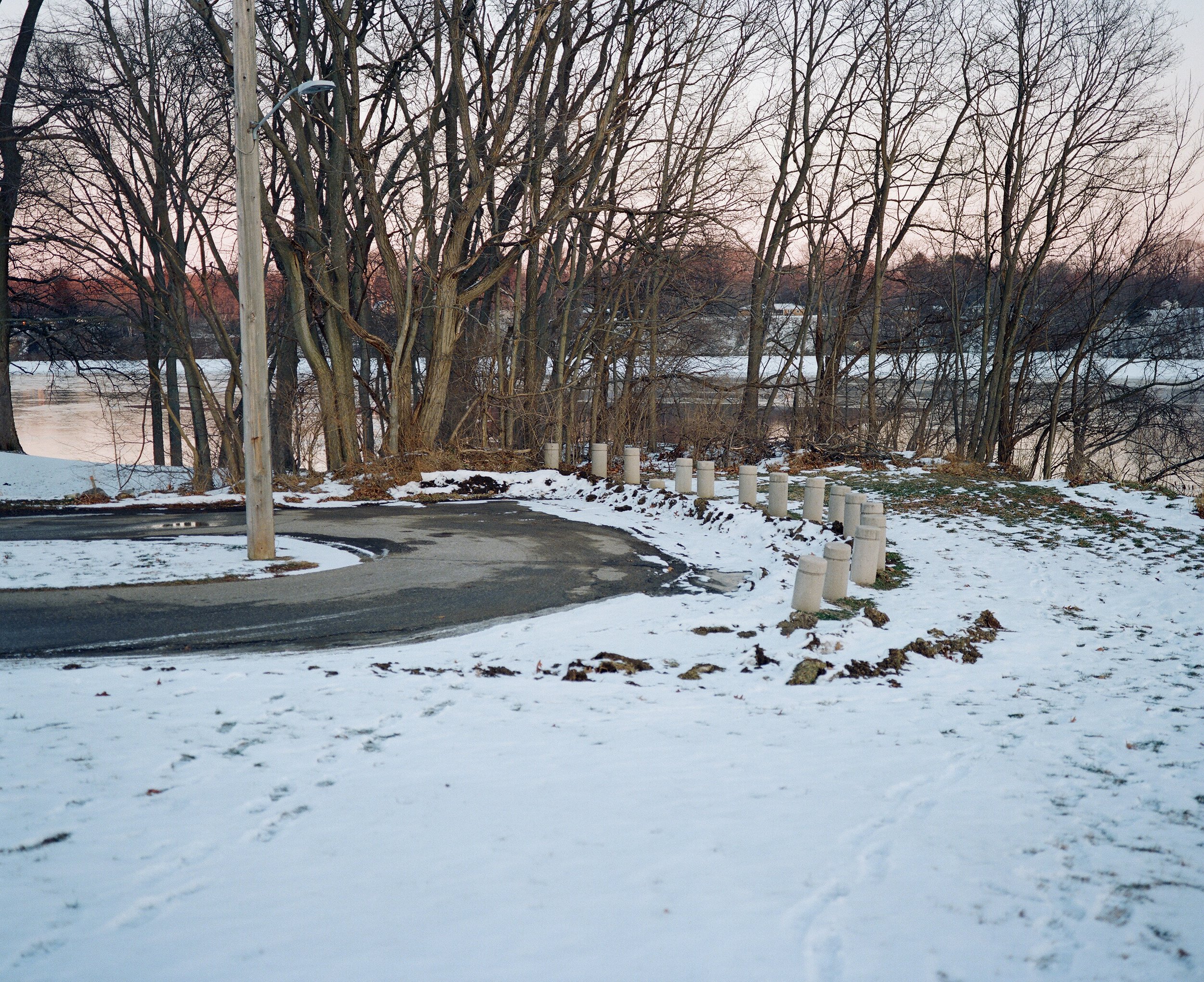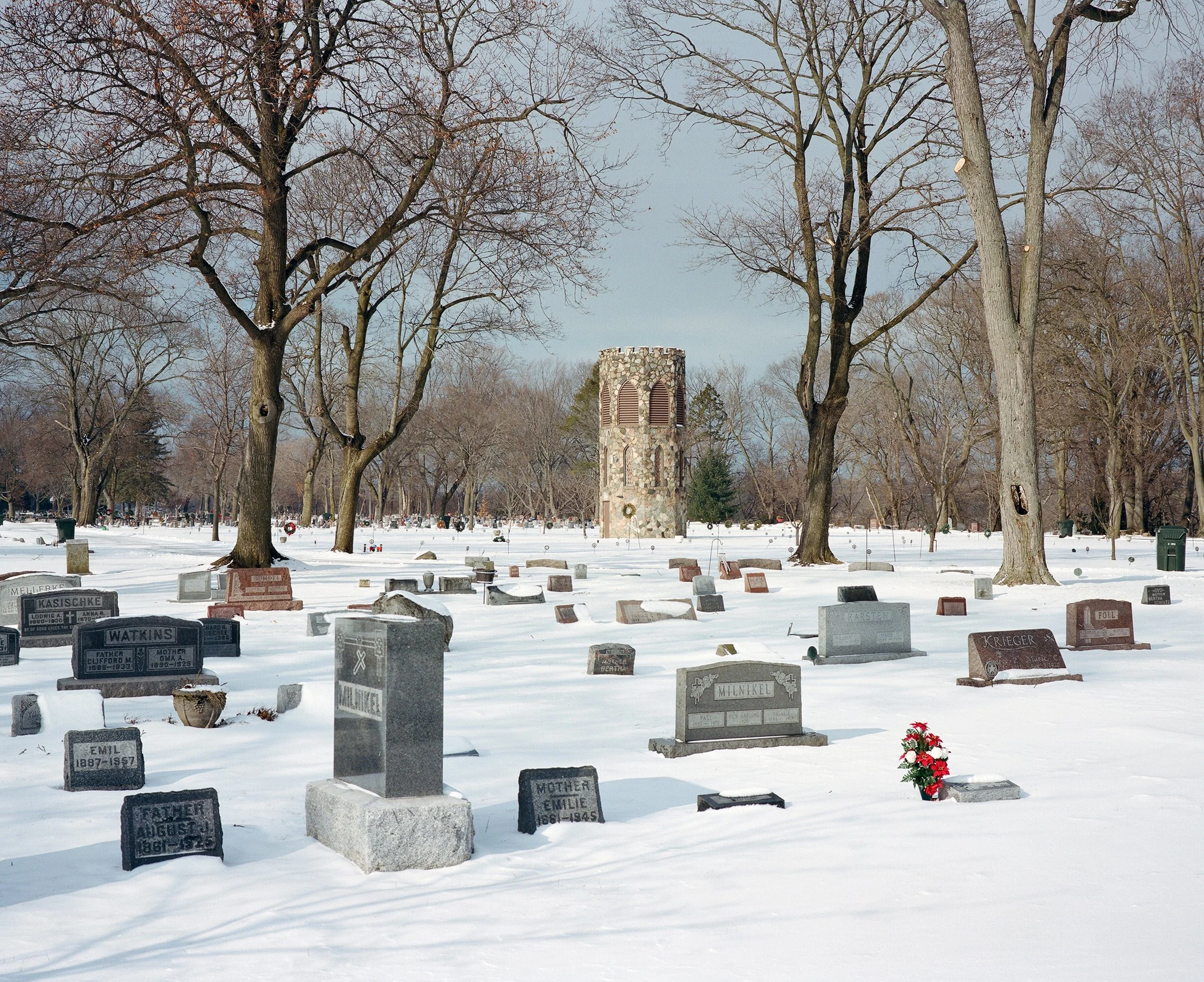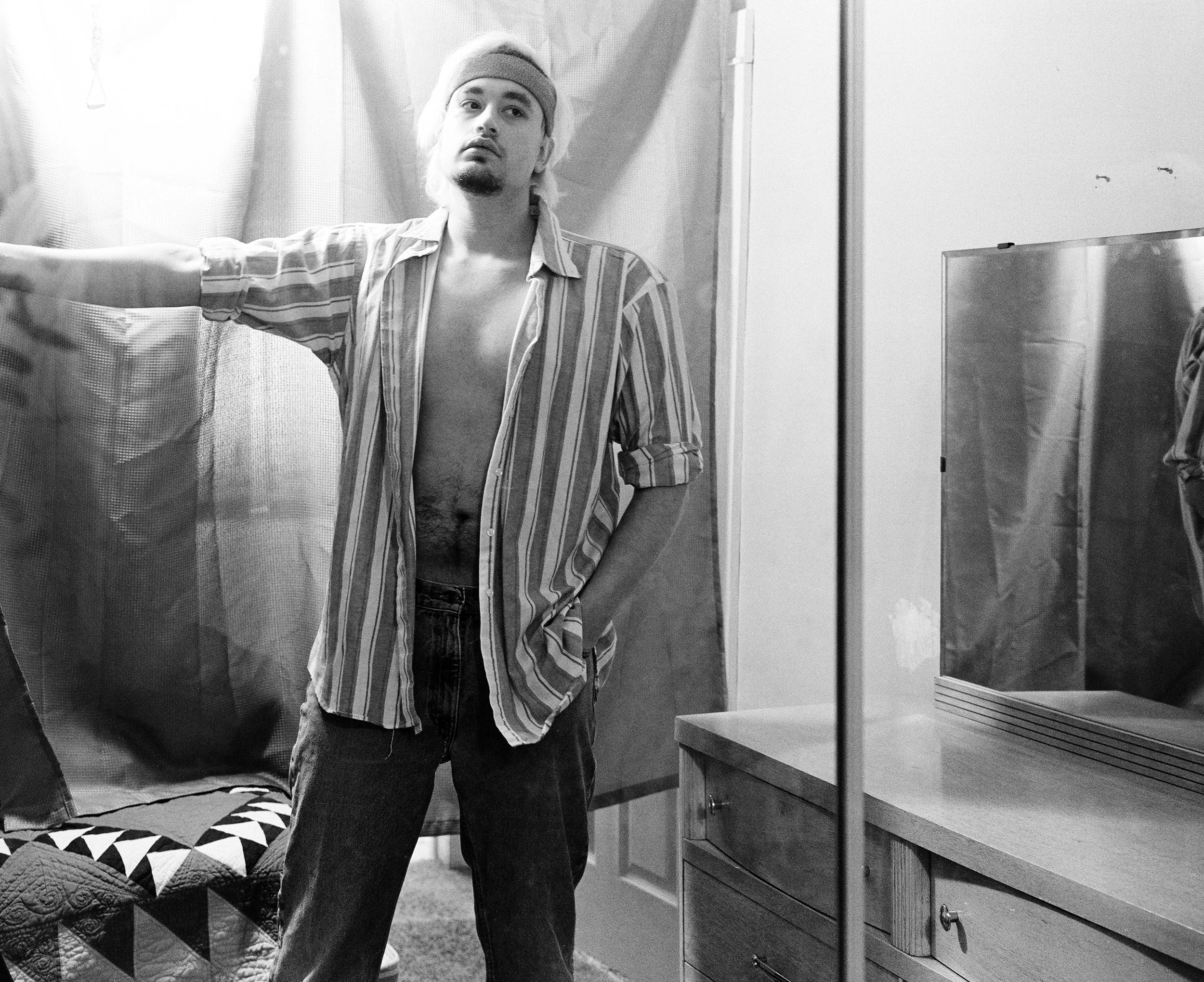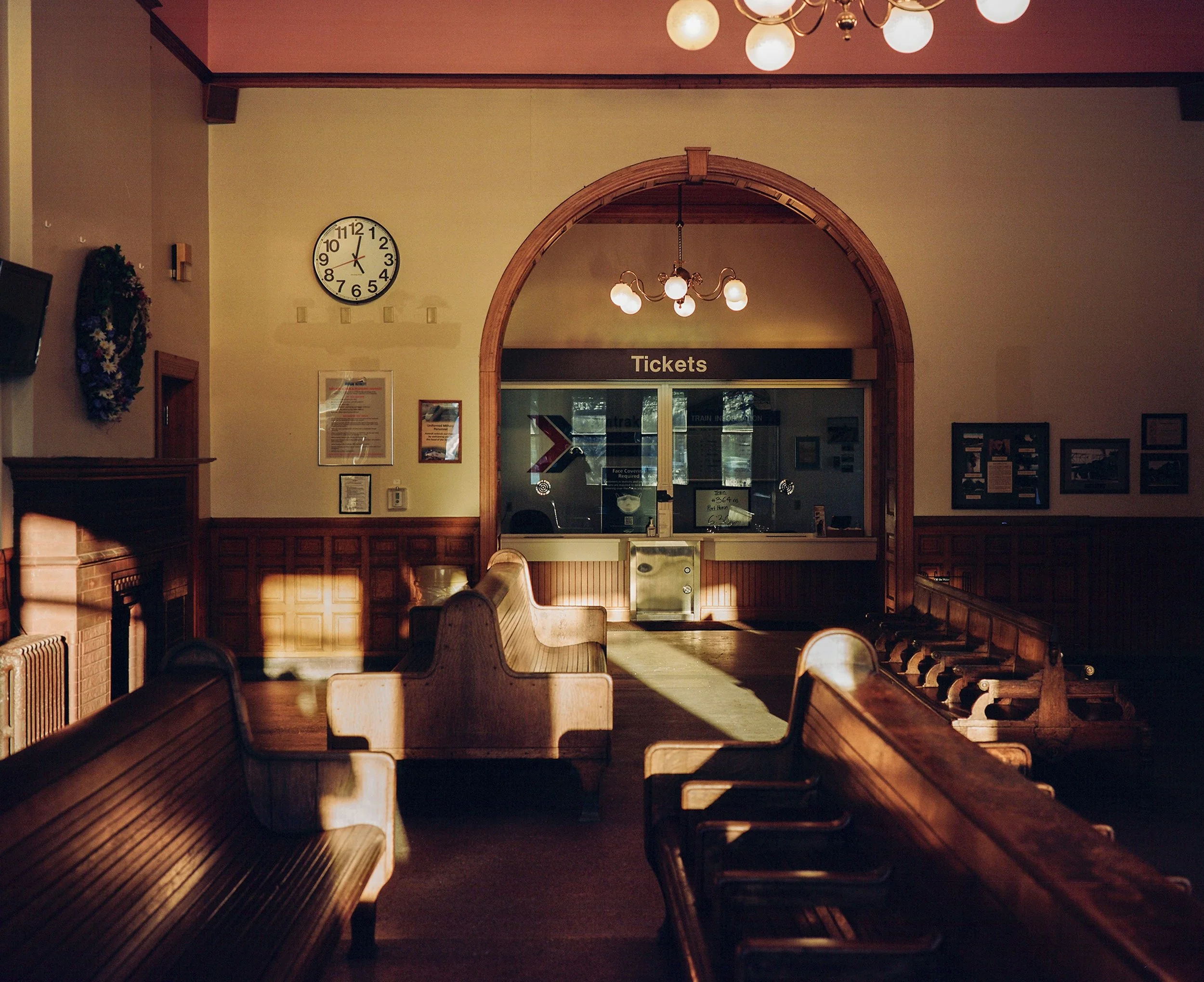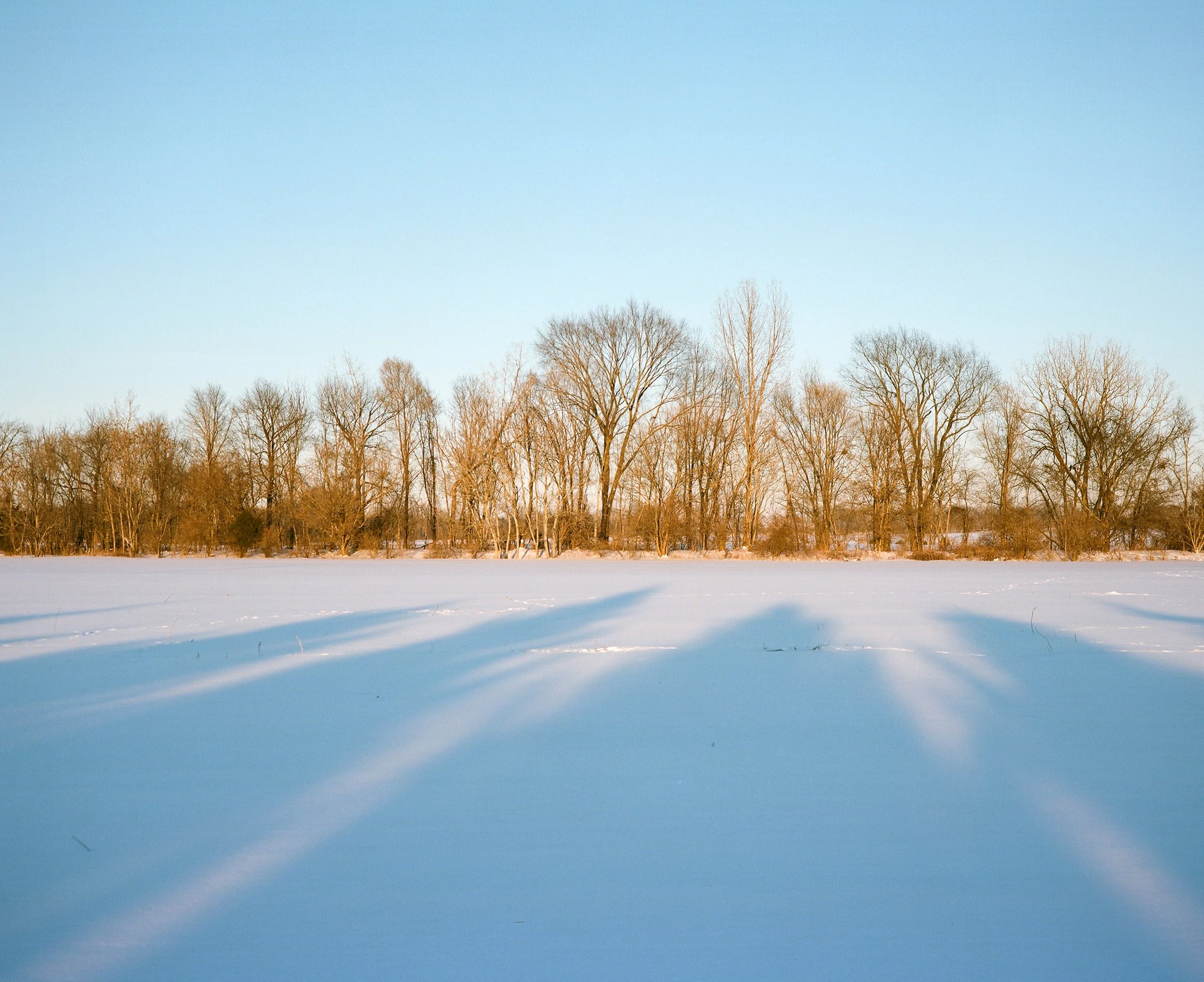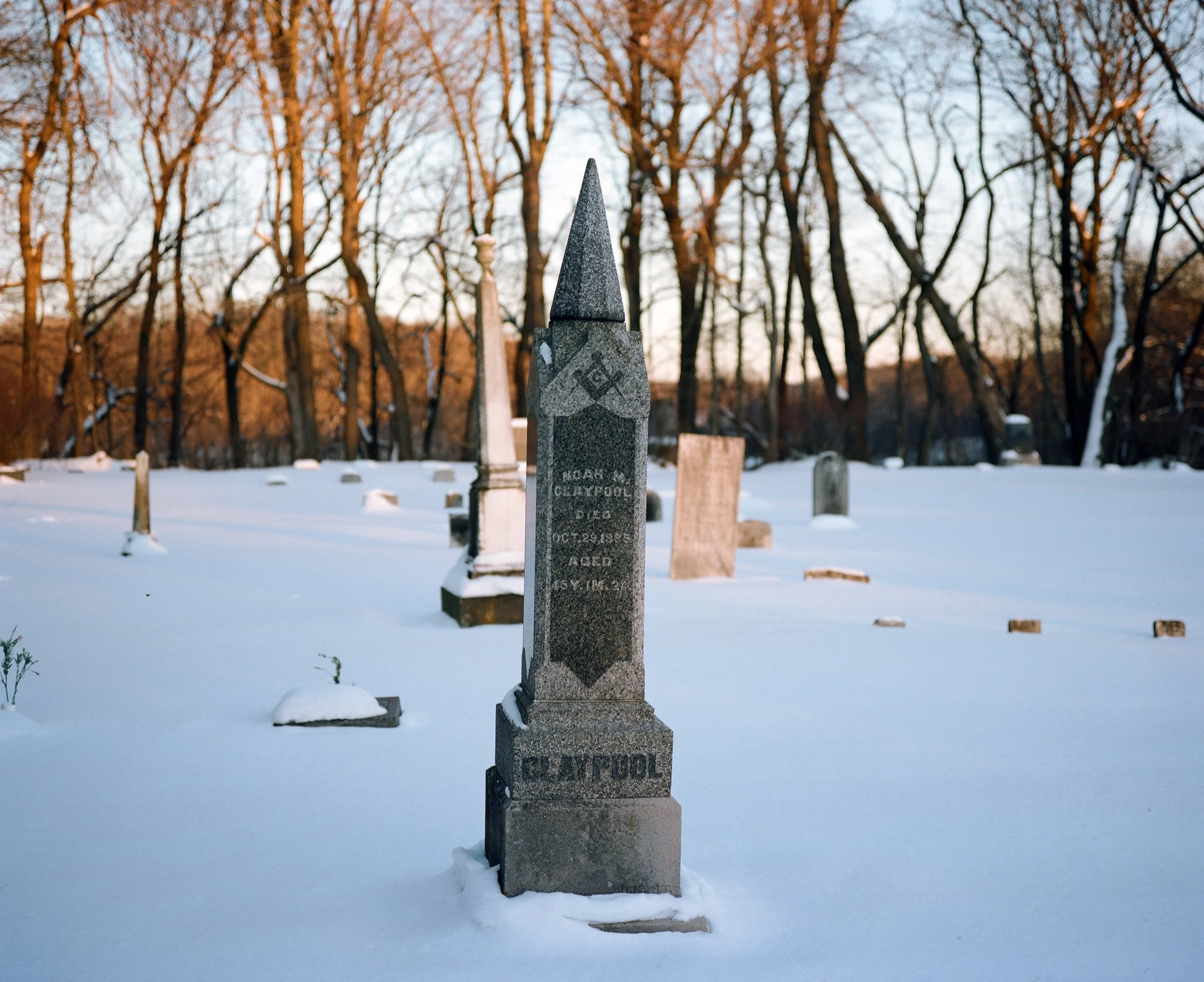Falling in Love with the Fuji GW670II
Hello friends! It’s that time again, where I get to tell you things and show you photos and hope that you’ll enjoy them! I had an idea in mind for this blog before the year began, but plans change, and I’m actually super excited to share this new story instead: finding a medium format camera, pretty randomly, that I really love and expect to use for a long time. Let’s get into it!
As my photographer friends will tell you, I do my best to avoid the dreaded Gear Acquisition Syndrome (GAS) that many people in the photo world seem afflicted with. It’s a stereotype to even complain about it at this point, but I still want to say my piece. GAS typically manifests as a desire to get the newest camera, the best lens, and to be chasing after these things continuously, often out of a feeling that one’s work is held back, not by limitations of skill, but because one doesn’t have that piece of gear. This is not to say that we should not be hyped about modern innovations in photo gear; it was genuinely exciting when, for instance, the Z Series debuted from Nikon a few years ago, bringing really professional quality to mirrorless cameras. But a good photographer is going to be able to make a good photo with the tools at their disposal, whether an old point-and-shoot, a top-of-the-line mirrorless, or even their phone camera, and it is that point that photographers with this mindset seem to miss.
The top of the Fuji GW67011; the little glass piece that covers the frame counter gave me some issues, as you’ll see!
I have found that in film photographers GAS manifests a bit differently, with film photographers endlessly collecting different bodies, lenses, and even film itself. I would argue that we have slightly more justification in doing this than our digital friends, since all of these cameras do have different uses, ways they render the image, etc. When I first got into film in 2018 I was right there with everyone else, accumulating lots of 35mm cameras very quickly. But I have become a proponent of what I call one camera, one lens, where I try to find the one combo that works for me and then stick to that. That’s why I shoot exclusively on 35mm with my Pentax K1000 and 50mm lens; I know the camera inside and out, it works perfectly for my process, and it helps that I could probably drop it out of an airplane without breaking it. The one caveat that I have for this system is that, as a film photographer, I want to have one camera and one lens for each format. So I have my Pentax for 35mm, my Busch-Pressman for 4x5, and I have been looking into medium format cameras for a while now to find that perfect combo. If you’re still with me, get ready, because this is where it gets fun!
One of the perks of working in a camera store is that we regularly buy used equipment that needs to be tested, which allows me to shoot different cameras without having to buy them first. This has been great for me, because I have been able to get into medium format without the prohibitively high cost of gear associated with most MF cameras. At this moment I just finished making sure a Pentacon Six TL works, and I have tested, in the last month, two Fujica 645s and the main subject of this blog, the Fuji GW670II. The 67 is a large rangefinder camera that, as the name suggests, shoots 6x7 negatives, roughly twice the size of the 645 negs that I have previously worked with. The siblings of the 67s, the 69s, are known as “Texas Leicas,” for having the vibe of a Leica M but much bigger, and I can confirm that the 67 feels like a supersized 35mm camera, mostly due to it being the same shape. I’ve previously used the Mamiya m645, which as an SLR is more bulky, so the Fuji was a nice change of pace. That’s about as technical as I want to get, though, because I want to talk about my experience shooting with it!
Lake Chapin, Berrien Springs, MI.
The Friday I took the Fuji home to test, the sky was clear and a nice soft sunset was beginning. I normally cross a bridge over the St. Joe River where the views are often beautiful, but I didn’t have any film, so I ran home and grabbed a roll of Portra 800, tossed it into the camera, and went over to Wolf’s Prairie Park, which overlooks Lake Chapin, seen above. I am always nervous when shooting a film camera for the first time, and my anxiety specifically came from the way I had to focus with the rangefinder; the center dot has a second image superimposed onto it, and you focus by lining the ghost image up with the real image. I have a hard time focusing on a good day, so this was stressful for me, but as you can see in the image above, I did get it tack sharp on my first shot! I attribute this to the brightness of the rangefinder, along with the way that rangefinder focusing is basically glasses-proof (even without my glasses I would be able to see whether the ghost image lines up correctly). I walked along the bluff, taking several photos, my favorite of which is the one below; the light glow of the sunset behind really makes it for me. Still moments like these are what inspire me as a photographer, and after the anxiety of loading the camera and getting there with sunlight left, I am very happy these turned out well.
Wolf’s Prairie Park, Berrien Springs, MI.
However, I quickly encountered a problem: after taking seven photos, the shutter lever got stuck and would not move, or let me fire the shutter to clear it. Unsure about what to do, and losing light, I chose to call it a day and go home to figure this out. When I got home, I finally popped the back open, partially burning the last couple shots, and managed to get the winder to work again, finishing off the roll by firing into nothing. This left me shaken of course; not only did I lose five images, but had I done something wrong with the camera? Or maybe the cold had something to do with it? The natural thing to do, then, was to take it out again and see if things went the same! On Saturday afternoon, then, I headed out towards St. Joseph to try a roll of Portra 400. I first stopped at Riverview Cemetery, a place I had passed hundreds of times, and I shot a couple photos there. The sun had come out, and the snow was glistening wonderfully around the headstones. I am unsure what the tower in the center of this photo was supposed to be, but it made a natural focal point, especially framed by the trees around it!
Riverview Cemetery, St. Joseph, MI.
Next, I stopped at yet another place I had passed before, a small marina right before you get to St Joe proper. I had seen this boat, the Atticus Finch (great name!) many many times, and had always wanted to stop and shoot it, but finally I was bold enough to *maybe* trespass a little and get the photo I wanted. I am so pleased that it came out the way I wanted it to, and am glad that I chose to shoot it on 6x7. All these photos have this quality, but the detail and sharpness of the boat is exactly what I envisioned, and I feel satisfied that I have the shot I dreamed of.
The Atticus Finch, St. Joseph, MI.
I then went to Rocky Gap Beach in Benton Harbor, where I had visited but, once again, never photographed before. It was freezing cold out on the windy beach, and the frozen ice and sand would have made compelling subjects, but the camera malfunctioned again! This time the winder didn’t catch for several frames, and then after it finally caught, I had run out of room on the film. When I developed this roll, I discovered that not only had I missed out on several frames, but nothing since the Atticus Finch had been recorded. I will have to go back to that beach, preferably on a slightly warmer day, and take more photos, I guess. So now I had shot two rolls, but I still couldn’t rule out my error or the weather playing a role in the winder not functioning properly. So, I decided to eliminate some variables on my third roll: shoot inside, to control temperature; shoot self-portraits on a tripod, to control the light settings, and use a cable release, to barely touch the camera at all during shooting. I set up some curtains in my guest bedroom, which has lots of mirrors, and got my friend Konnor to help me get the camera focused, and then I was good to go. Sunday morning, then, I had seven different outfits laid out, in case seven was the max number of shots I was ever going to get on this camera, and a roll of Tri-X 400 in the camera, so I could avoid the ugly color from the normal yellow light in the room.
Self-Portrait, Berrien Springs, MI.
There were several photos, including this one, that I really like, but more importantly, I got all ten shots on this roll! I was unsure at that time why this was the case, but I was happy to finally have a full roll that went through perfectly. Remember, I was testing this camera to make sure that it worked, so I finally had good results for John, my co-worker who deals with the used equipment. So, the next day, I got all three rolls developed and was able to verify that the camera doesn’t have any light leaks, focuses properly, and generally functions in the way that it is supposed to. And John figured out why the winder was not working properly part of the time: the little glass cover for the frame counter had fallen into the camera and jammed up the gears! I had wondered where that piece had gone; it definitely seemed odd that those gears were open to the air, but I didn’t think about it beyond that, so I am thankful for his expertise in fixing it again. This also gave me the opportunity, now that we thought we had identified the issue, to shoot a few more rolls to make sure it was good. So, on my lunch break that Tuesday, I drove over to a nearby recycling plant that had some interesting buildings around it, and easily finished the ten shots of Portra 160 quickly. My favorite of these, and one of my favorites of the year so far, was of some Coke machines next to a blue building, which provided wonderful contrast with each other and with the white snow. This is another example of the inspiration, the grace, that I receive when I shoot. I had taken two different images of this scene already, but this was the standout, and I’m so glad that I was guided to see it in this way throughout the short time that I was there.
South Bend, IN.
Finally, I took my last roll of Portra 160, and the next evening, as I was traveling home from work, I went to several places between South Bend and Berrien Springs that I have wanted to shoot for a long time. First, I went to the Niles Amtrack station, where there is usually no one waiting or even in the ticket booth. I had to underexpose the shot, since I was shooting at ISO 160, but the film cleaned up great in Photoshop, and I am actually stunned with the level of detail that remained in this photo.
Niles Amtrack Station, Niles, MI.
Next, I drove along 139 (or Old 31 as the locals call it) until I was past Niles, where there are some big open fields, which that day were covered in crisp, uniform snow. I stopped on the side of the road (something that my friend Jesus has pushed me to do, so something I have tried to do more of recently) and got four photos out there. All of them were beautiful, but I especially like this one, with the shadows of pine trees behind me stretching so far that they almost touch the trees I’m photographing. I had forgotten how luminous Portra 160 can be in the right light, so that was an added element of beauty that I appreciate.
North of Niles, MI.
Finally, I stopped at Long Lake Cemetery, almost to Berrien, where the sunlight was once again just on the tree line, leaving the cemetery itself in slight shadow. Unfortunately, I encountered a problem again, namely that I had to compensate for my slow ISO by stopping down to f/4. Really, this wouldn’t have been a problem, except that I critically missed focus on three of these photos, and the last one, while not horrible, was still not as tack-sharp as I knew it could be. So the roll ended with shots that I would like to retake (and did retake with the Pentacon!), but it was still a good experience being there in that cemetery at that time of day.
Long Lake Cemetery, Berrien County, MI.
The next day, I very reluctantly gave the camera to my co-worker Laura, with five rolls of film affirming that the Fuji was ready to sell. I knew how much it cost, and was pretty confident that I shouldn’t spend that much on a whim, so Laura took it back and put it on eBay. I immediately was given two more cameras to test (the Fujica 645s, which functioned like they were supposed to but felt like garbage after the 67) which helped get my mind off of it, but a week or so went by and I got to thinking about it again. This camera met all of my needs for a medium format camera, it was in really great condition, and the rangefinder hadn’t even taken as long to get used to as I had been told it would. For my style of photography, the shape of the Fuji is great, and the size of the negatives perfectly encapsulates the strengths of medium format to me. In short, I had indeed fallen in love with this camera! So I bought it last week. I suppose I am walking a fine line here with how much I have gushed over the 67; after all, as I said in the beginning, shouldn’t photographers be more concerned with good image-crafting than the gear we’re using? Sure, and I don’t think I lost sight of that in my tests of this camera. I don’t think the content of my photos are better than my photos with 35mm; however, I am very happy with how these images look on 6x7, and this camera is now one more tool to me to use in certain ways. I intend for the Fuji GW670II to be *the* medium format camera I use, so hopefully I’ve resolved one part of my camera collection that I wanted to address this year, and in the end, it’s not the worst thing to get excited over some camera gear, as long as it doesn’t become my main focus as a photographer.
So, there you have it: what started out as a routine camera test resulted in my falling in love with a new camera and format of film! Thanks for reading, and feel free to reach out and talk to me about anything! I have a hard time engaging with people on social media, but I do love talking photography, so my dms are always open. Stay inspired!!


